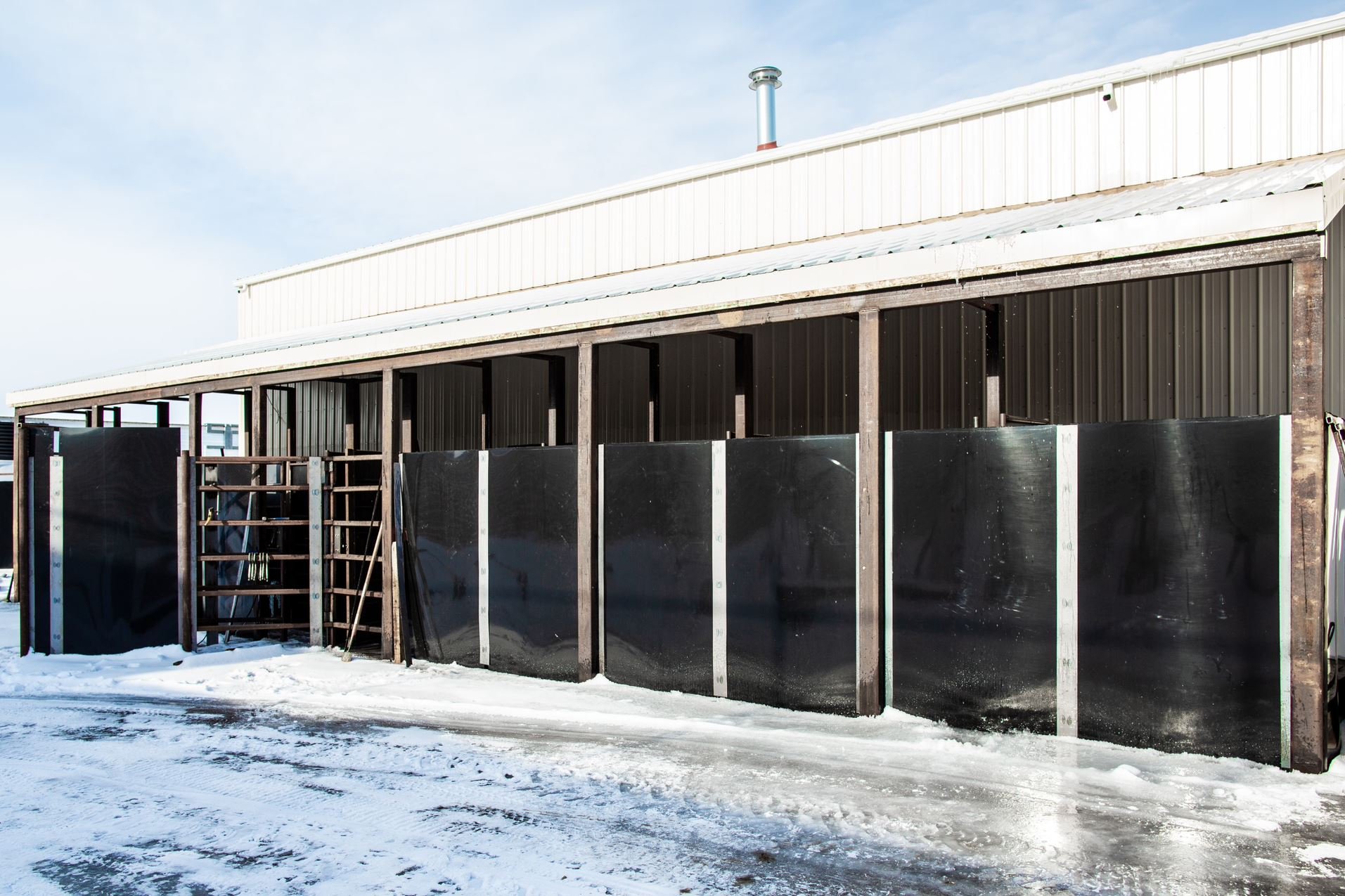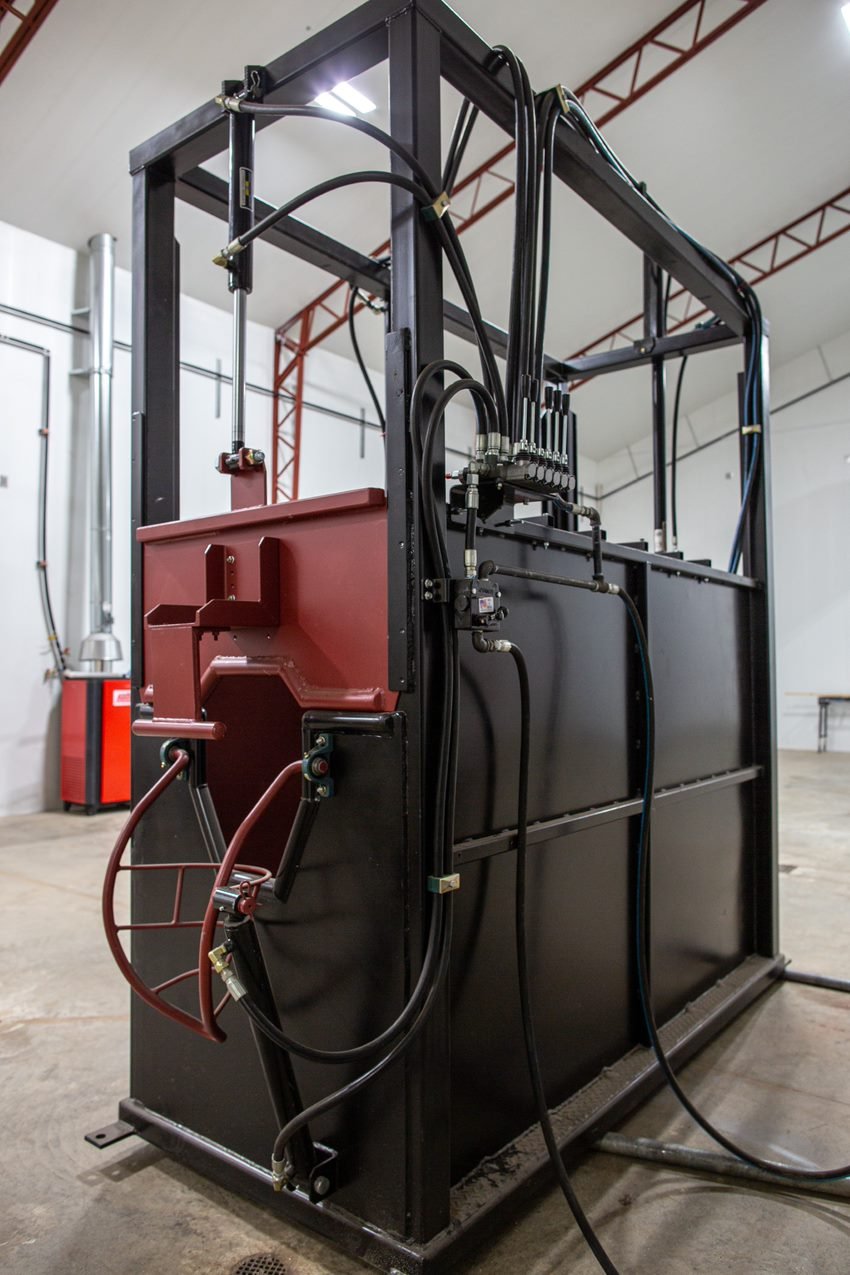Local Beef is what’s for Dinner
Montana Premium Processing Cooperative
Havre, MT
Photography contributed
The newly built, producer-owned Montana Premium Processing Cooperative (MPPC) in Havre, Montana has been garnering much attention. Opened in late January, the Cooperative aims to bolster businesses in local communities and allow ranchers alternative marketing opportunities. It was founded to encourage raising, processing, and buying food locally.
With just four major meat packers controlling approximately 85 percent of U.S. beef processing and the elimination of Country of Origin Labeling (COOL), promoting a local, direct to consumer beef supply chain benefits both ranchers and consumers. Though there are multiple USDA inspected processing facilities in Montana, the MPPC’s unique business plan will create more options for small- and medium-sized producers to sell beef to locations throughout the state and beyond Montana’s borders.
“Something like this will change a lot of ways people are doing things right now. Everybody has good beef, but there’s no processing facility. I think it’ll be a neat deal.”
A shortage of space at regional meat processors is nothing new for beef producers and wait times often exceed several months. To help remedy the situation, Walt Schweitzer, Montana Farmers Union (MFU) president, helped initiate the launch of mobile processing facilities several years ago and reached out to fellow ranchers to expand the concept. Funds from the American Rescue Plan Act and a $292,000 grant from the Meat and Poultry Processing Expansion Program facilitated financing the project.
“The key issue was the need for Montana producers to have facilities with easy access to hook space,” Matt Rains, MFU chief of staff, said. “As a member, they get first rights to hook space. It is ultimately a members’ processing plant. They must be Montana producers. We’re up to 50 members now, and we’ll probably have the first animals (to process) around January 23.”
From its inception, members of this forward-thinking cooperative prioritized quality and expertise in the overall plan and execution of the program.
“(The facility) will process about 3,000 head annually. We’ll start with beef, but will go on to hogs, sheep, goats, and bison,” Rains explained.
The goal is to provide an avenue for producers to create and market a value-added product, resulting in more profit. Rains noted when producers sell to one of the out-of-state meat packing facilities, approximately $1,500 to $2,000 is left on the table, on average.
“They get the short end,” he said.
Granted, producers may have to feed animals longer, increasing their input costs, but they have greater control over their animals, the end product, and the price.
“They’ll pay us to slaughter, age, cut and wrap the animal and never lose ownership,” Rains said.
Producers can then sell their beef locally, or even ship it out of state.
“Something like this will change a lot of ways people are doing things right now,” Casey Buffington of Basin Coulee Cattle Co. and Treasure State Meats said. “Everybody has good beef, but there’s no processing facility. I think it’ll be a neat deal.”
Buffington, a rancher south of Chester, Montana, jumped at the chance to become a member when the opportunity arose last year, and he is currently serving on the MPPC board. Following the COVID pandemic and subsequent supply chain issues, a growing desire to connect people to their food producers has emerged.
“I think we’re starting to see a revival of that,” Buffington noted. “We’re focusing on quality over quantity.”
Buffington said feeding his cattle to finish on his own helps ensure product quality, like high marbling and good flavor, and the feedback they receive is worth the additional effort.
“We are in five different restaurants (including the Sugar Shack Diner in Rudyard) just with the burger, and we’ve had positive feedback,” he said. “It’s still slim on the margins. You can charge more, but you feed them longer. But it brings just a little more enjoyment to control your market.”
Determining the appropriate price point came with a learning curve. Initially, Buffington thought the breakeven may be too high but said, “we haven’t had a single person balk at the price.” This is largely due to a superior beef product customers enjoy.
Not only is MPPC is a boon to beef producers, but a partnership with Montana State University-Northern will allow Meat Science students to gain hands-on experience in the process of slaughtering and meat processing, training them to become butchers and inspectors.
“It lines up with a lot of their vocational courses. This will give them a meat science degree,” Rains said, noting the inclusion of a business study as well. “This way they can start their own meat processing businesses in their towns. We’re not relying on the university for labor, but we’re tied into them using us as a training ground.”
MPPC is the first step in what many producers hope is a growing trend to create more facilities throughout Montana.
“We could make 20 of these across the state and just cater to small and medium sized ranches,” Rains concluded.
For many, the launch of MPPC will transform the old saying “Beef. It’s what’s for dinner.” to “Local beef. It’s what for dinner.”



